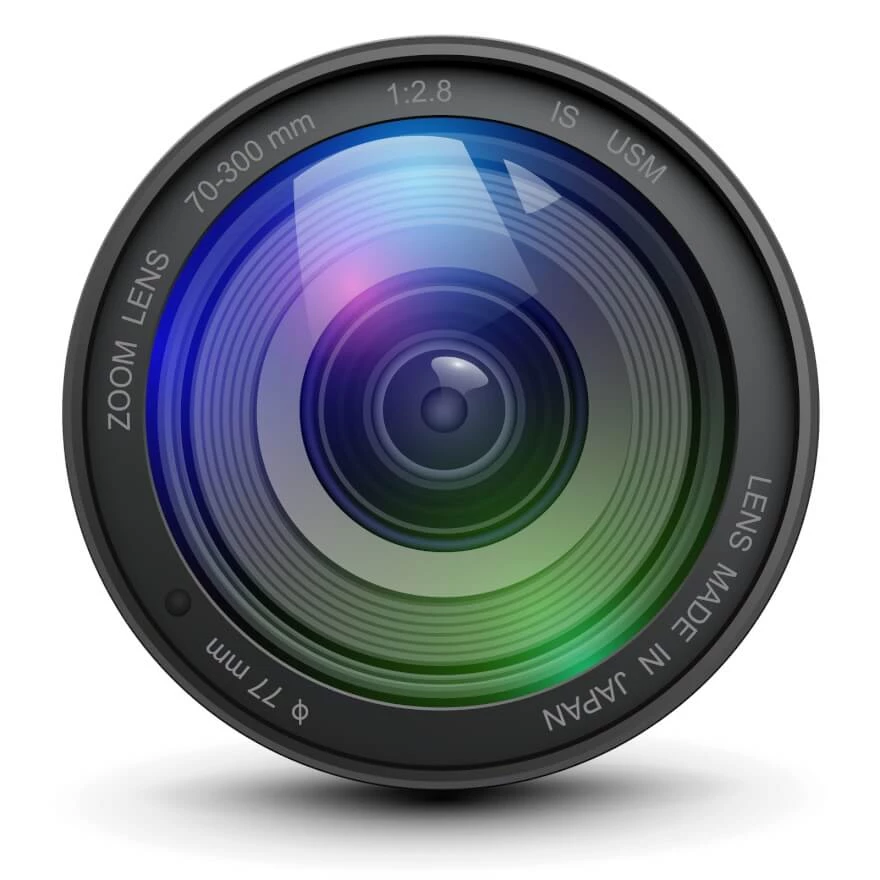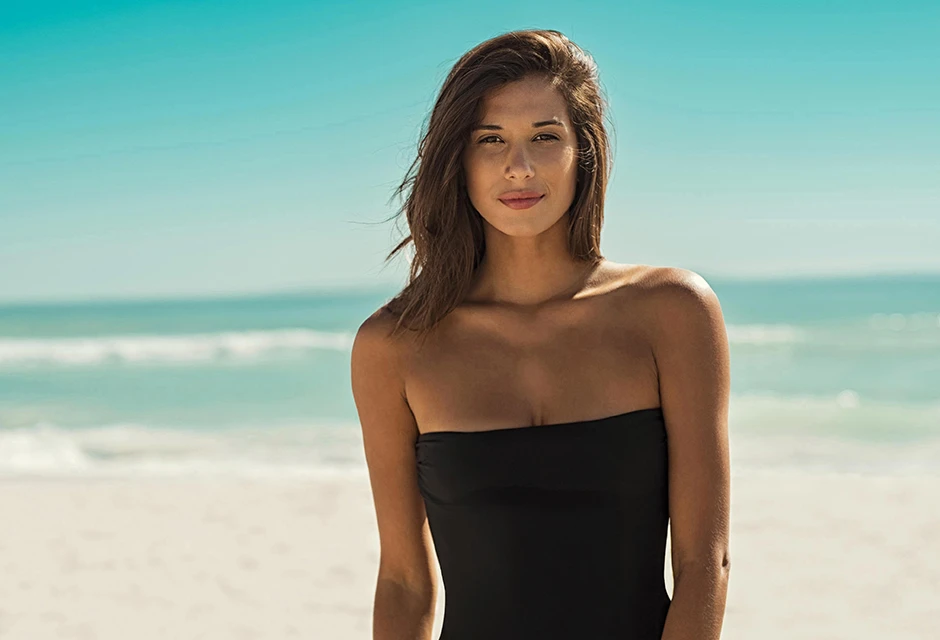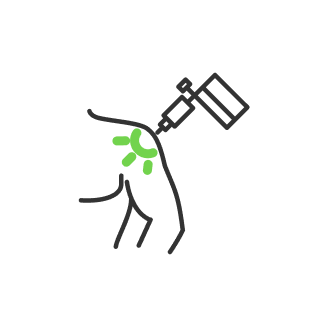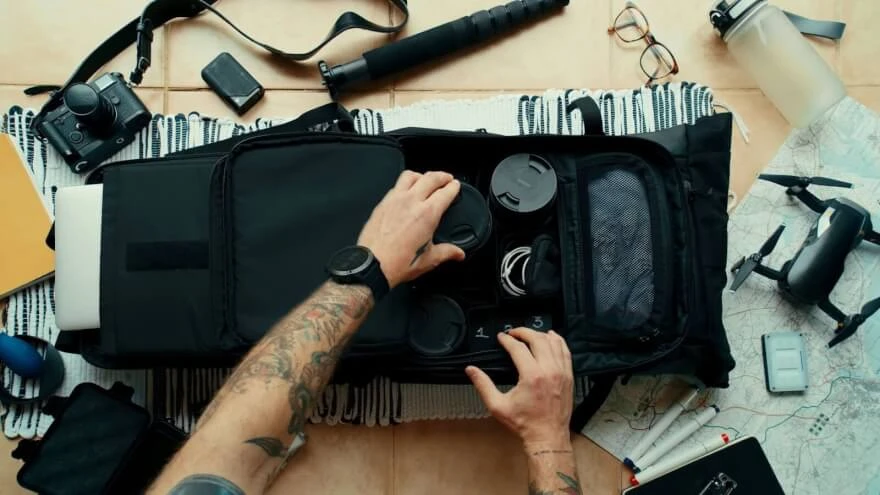Types of camera lenses

- 1. Get used to various types of camera lenses and functions
- 2. Distinguish optics by the focal length
- 3. Consider the lens aperture ratio, before shooting
- 4. Try ultra-wide-angle lenses
- 5. Learn features of a separate type of ultra-wide-angle lenses, fisheye lenses
- 6. Practice portrait and macro shooting with corresponding optics
- 7. Buy tilt/shift optics to manipulate the perspective
- 8. Get equipped for an infrared shooting
- 9. What are the key types of camera lenses and their uses?
- 10. How to choose camera lens?
Sometimes people unfamiliar with photography wonder why an enthusiastic amateur photographer or professional needs not one, but several lenses at once? The answer is simple and will be discussed below in detail: one or another lens type is suitable for each shooting situation. As a rule, in the arsenal of a photographer, there are several types of camera lenses for different situations. A person shoots portraits with one lens, and landscapes with another. Several lenses with different focal lengths covering the range are very important for every scene (to shoot both near and far). So what is necessary to remember preparing optics for shooting?

1. Get used to various types of camera lenses and functions
The lens is the camera's eye. No image can be obtained without it. Our vision of a scene depends on the lens. It also depends where it will focus, which part will be highlighted and which will not. Different focal lengths give us different views of the world, and they can limit, match, or expand our aspirations. Lenses are divided into 2 categories: variable focal length lenses (zoom lenses) and fixed focal length lenses (so-called prime options).

2. Distinguish optics by the focal length
The focal length is the length of a segment between the surface of a matrix, on which the image is formed, and the optical center of a lens (not necessarily the same as the physical one), measured in millimeters. It is important to understand why a long throw optics enlarges objects while a short-throw one covers a larger field of view. The longer the focal length, the smaller the angle of view. Let's imagine you are looking through a hole in a fence. If the eye is close to the hole, then you can see more of what is on the other side of a fence, since the field of view is wider. But if you move further, the angle of view decreases. If you stretch this image in your mind so that it has the same dimensions, then all details within the hole will become larger, as in a telephoto image.
According to a focal length, optics is divided into 3 main types: wide-angle (short-focus), normal, telephoto (long-focus).
- Wide-angle lenses enhance the perspective of space in a frame. It is suitable for landscapes and scenes that cover a wide angle of view. Wide-angle lenses, in turn, are divided into ultra-wide-angle, medium-wide-angle, and wide-angle.
- Normal are neutral in their action, that is, they have neither telephoto nor wide-angle effect. Such optics convey perspective in a manner similar to a human eye. Suitable for portraits.
- Telephoto optics bring objects closer to create a tight framing since the angle of view they can capture is very small. It is also good for shooting animals as photo hunting and everything else that cannot be approached.
Since in photography the standard is a 35 mm frame, all focal lengths are usually expressed in a scale of this format, therefore, if you choose types of lenses for a camera with a matrix smaller than the frame size of 35 mm, then to calculate the focal length, you need to multiply matrix factor by focal length.

3. Consider the lens aperture ratio, before shooting
Many amateur optics have a low aperture, which allows them to be made very compact and lightweight compared to high-aperture professional ones.
Aperture is determined by an open aperture value and is an indicator of its ability to transmit light. The larger the relative aperture of an open aperture, the more light passes through the lens, and the higher its ratio. The advantage of high-aperture optics is that it allows shooting in darker places and gives more freedom in choosing exposure parameters. Most professional optics have high apertures (f / 1.8 to f / 2.8), while amateurs generally range from f / 3.5 to f / 5.6. Here the difference will be not only in cost but in size and weight. If portability is more important to you than aperture, then your choice will be less fast optics, but if you want to take pictures in difficult conditions, then it makes sense to make another choice.

4. Try ultra-wide-angle lenses
Optics that has an angle of view between 80 and 180 degrees is called ultra-wide-angle. It is clear where this name comes from: this optics gives the widest viewing angle. Ultra wide-angle item corresponds to focal lengths shorter than 24 mm on a full-frame, for cameras with APS-C sensor shorter than 16 mm, for Nikon 1 cameras 9mm.
Ultra-wide-angle lenses are most often used in landscape, interior, and architectural photography. Since the angle of view of ultra-wide-angle options is very large, they specially convey perspective: everything that is closer becomes very large, and everything that is further away from becoming very small. If you shoot a person in this way, proportions of face and body in the photo may be distorted. That is why portraits are rarely taken with ultra-wide-angle optics unless you want to make your model a huge nose and avoid distortion.

5. Learn features of a separate type of ultra-wide-angle lenses, fisheye lenses
These options especially distort the image. In much the same way as it happens in a peephole. When creating such optics, the manufacturer deliberately does not correct distortion. It is a special kind of geometrical image distortion inherent in all short-focus optics, but in all optics except “fisheye”, it is corrected due to a special optical scheme. As a rule, fisheye gives a viewing angle close to 180 degrees. Because they do not convey the geometry of space accurately, it is usually used in creative photography.
Is it possible to get a fisheye effect when processing an image? It is because of the widest angle of view that it will not be possible to achieve the effect of a fisheye lens when processing an image. It will simply be possible to break the geometry in a picture with a normal, narrower angle of view. Fisheye optics is diagonal and circular. Diagonal fisheye provides a viewing angle of about 180 degrees across the frame. Such a fisheye “fills” the entire frame with an image. A circular fisheye produces a circle in the middle of a frame, while corners of the image remain black.
Wide-angle optics has a field of view from 50 to 80 degrees. Of course, from the point of view of geometry, such angles are no longer wide, but in the context of photography, they allow you to cover a fairly large area. Full-frame wide-angle items have a focal length of about 24-35mm.
A wide-angle item will allow you to shoot portraits from a fairly close distance in tight spaces and more effectively convey perspective, volume in a picture. But due to a small shooting distance, strong perspective distortions may appear in a frame.
"Normal" (standard) lenses give a viewing angle of about 40-50 degrees, which corresponds to focal lengths of 40-60 mm for full-frame cameras, 28-40 mm for cameras with an APS-C sensor, 15-22 mm for Nikon 1 system. Both of these names are arbitrary, and only mean that this optics provides a “normal” viewing angle and “normal” perspective transmission: they transmit a picture in approximately the same way as a person sees it.

6. Practice portrait and macro shooting with corresponding optics
- Portrait lenses are designed specifically for taking pictures of people. A portrait item, which is most often a prime lens, has a high aperture and focal length of 50-135 mm for DSLRs, 18-50 mm for Nikon 1. Thanks to its high aperture, suitable focal length, and optical design, portrait optics beautifully blurs the background in a photo. Of course, other items can also blur the background, but it is portrait optics that is famous among photographers for a special beauty of the bokeh technique.
- Macro lenses are very similar in their characteristics to portrait lenses: they are also fast lenses with a moderate tele-range. But they have an important technical feature: they can focus at a very close distance without any additional devices, shooting small objects in very close-ups.
Macro lenses are used when shooting small nature objects: insects, small animals, small plants. Also, this particular optics is an ideal choice for a product, jewelry, and reproduction photography. For all the similarities of characteristics, the image given by a macro item is very different from the image from a portrait option. When photographing people, this character of the image emphasizes all defects in the skin. Therefore, it is not recommended to shoot portraits with macro optics.

7. Buy tilt/shift optics to manipulate the perspective
Tilt/shift lenses allow photographers to overcome the usual limitations of depth of field and perspective. Many optical tricks that such optics allows cannot be digitally reproduced, which makes it indispensable for certain landscape, architectural, or detailed product photography. Tilt Shift is commonly used to manipulate perspective to straighten converging vertical lines in panoramic architectural and abstract wedding photography.
A convergence of vertical lines occurs when camera optics deviates from the horizon. The trick is that it can change an image that is above or below the horizon even if the center of the imaged circle remains horizontal. This effect allows you to gear the perspective.
It gives architecture much more expression and makes it more sublime than it is perceived by the eyes. This can be a very useful effect in situations where it is impossible to get far enough from a building focusing on its perspective (as might be a case when shooting buildings on a narrow street).

8. Get equipped for an infrared shooting
To obtain an infrared image, an infrared lens must be used to cut off most or all visible radiation. The feature of such a system is that for optics with different diameters, only a corresponding ring needs to be purchased, and optics and holder itself remain the same, which is much cheaper for a budget than purchasing additional equipment. Different camera models have different abilities to register infrared radiation. Matrixes of cameras perceive infrared radiation quite well, however, manufacturers install a filter in front of a matrix (the so-called Hot Mirror Filter), which crops most of the infrared waves.
Nikon D70 with the infrared filter can be used manually, while Canon EOS 350D and most other cameras will always require a tripod due to slow shutter speeds and stabilization needs.
Due to the fact that infrared images contain more noise than ordinary ones, it is better to set the lowest possible sensitivity of a matrix immediately when shooting. For the same reason, it is necessary to avoid exposure correction, introducing necessary correction before shooting, the value of which is found experimentally. In some cases, the quality of a resulting image depends on the setting of a white balance.

9. What are the key types of camera lenses and their uses?
- For shooting landscapes, architecture, you need a zoom, with focal lengths starting from 17-18 mm (to crop) and 24-25 mm (for a full-frame).
- For shooting in a narrow space or a starry sky, a wide-angle optics, 10-15 mm (crop) and 15-20 (full-frame) are useful.
- For reportage shooting, it is convenient to be able to bring a person closer, which means that you need a zoom with a far end of about 100-150 mm. There are more (70-200 or 70-300), but then the near end will be too narrow and not suitable for anything other than reporting from afar.
- 70-200 mm and 70-300 mm are usually used in landscape photography to get closer to a piece of nature or to photograph animals and birds. You can also use it for the macro experience. For shooting sharp flowers and flies, there are special macro optics. But, if you don't need a strong approximation, then zooms are quite suitable.
- For portraits, it is best to buy a 50mm (crop) or 85 (full-frame) fix, then you will have beautiful bokeh and the background is perfectly blurred, and the aperture is good. But this is all if you want to shoot portraits, often with a claim to professionalism. Otherwise, a normal zoom will do. Popular canon 50 f1.8 is enough for you, instead of Canon 50 f1.4 (twice as expensive). If you are not picky about quality factor, then take a large zoom (18-135 or 18-200) for travel photography, because it would be best. You will cover all focal lengths and you will not have to constantly change different types of camera lenses. In addition, a photo bag for such a kit with you will be very small and not heavy, which is important in those travels where weight is important.

10. How to choose camera lens?
Remember some lifestyle tips to help you when choosing between various types of lenses, a camera would need.
- Better to have an inexpensive camera and quality optics than the other way around. If the primary information is not of proper quality, then no computer processing technology or application is downloaded which will save the image. So don't look at the cheapest optics right away.
- Zoom or variable focal length optics, provide maximum flexibility in framing and allow you to set exactly the focal length you need. When choosing zoom size, optics with a very large zoom range, such as 70-500 mm or 28-300 mm, should be avoided, since the ease of use of such options is not compensated for by the best image quality. If focusing speed is critical to you, test before purchasing, some autofocus systems are significantly slower than others.
- Candid stabilization can help you get a sharp shot in low light. It compensates camera shake at slower shutter speeds, it's nice to have equipment with this feature.
- Aspherical optics do a better job dealing with optical aberrations, which are especially noticeable with wide-angle items when shooting with a wide aperture.
- In case of a zoom lens, the aperture ratio can be variable and depend on a set focal length. This system is used to reduce the weight and size of optics but may limit your choice of exposure parameters.
- Note that zoom optics can operate over a wide range of focal lengths, which means they can fall into several categories of this classification at once. For example, there are often zooms (for example, kit lenses with focal lengths of 18-55 mm) that work simultaneously in a wide-angle and “normal” focal length range. And Nikon AF-S DX 18-300mm F3.5-6.3G type hyper zoom can combine all categories from wide-angle to telephoto focal lengths. But when choosing a lens, do not forget that aperture, the beauty of background blur (bokeh), and sometimes sharpness is sacrificed for such versatility.

Optics with different viewing angles do not just “zoom in and out” the image. Because of different shooting distances dictated by viewing angles, they affect the transmission of perspective in different ways. They convey proportions of objects in a photo in different ways.
There is a simple conclusion of our guide: in order not to distort the proportions of an object or a person, shooting it with a wide-angle lens, it is worth photographing from a long distance, in full growth.
Co-founder of RetouchMe. In addition to business, he is passionate about travel photography and videography. His photos can be viewed on Instagram (over 1 million followers), and his films can be found on his YouTube channel.
Moreover, his profile is featured on the most popular and authoritative resource in the film industry — IMDb. He has received 51 international awards and 18 nominations at film festivals worldwide.

with RetouchMe














